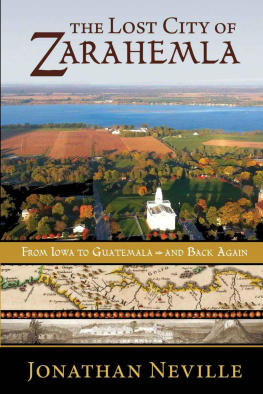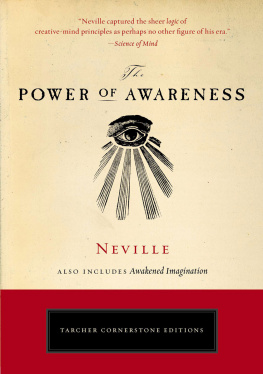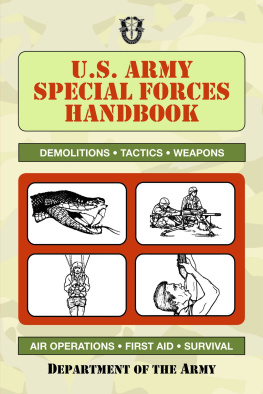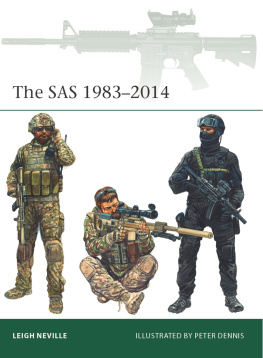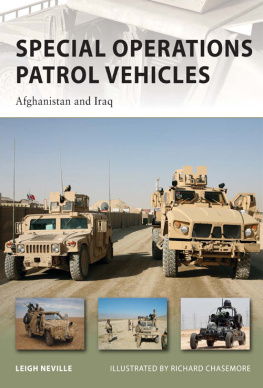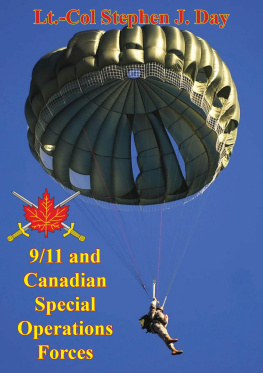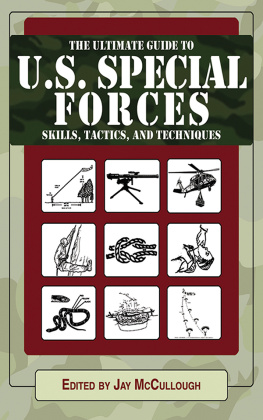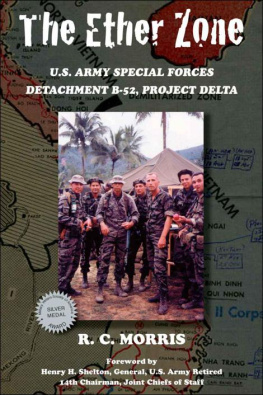
OSPREY PUBLISHING
Bloomsbury Publishing Plc
PO Box 883, Oxford, OX1 9PL, UK
1385 Broadway, 5th Floor, New York, NY 10018, USA
E-mail:
www.ospreypublishing.com
This electronic edition published in 2019 by Bloomsbury Publishing Plc
OSPREY is a trademark of Osprey Publishing Ltd
First published in Great Britain in 2019
Leigh Neville, 2019
Leigh Neville has asserted his right under the Copyright, Designs and Patents Act, 1988, to be identified as Author of this work.
All rights reserved
You may not copy, distribute, transmit, reproduce or otherwise make available this publication (or any part of it) in any form, or by any means (including without limitation electronic, digital, optical, mechanical, photocopying, printing, recording or otherwise), without the prior written permission of the publisher. Any person who does any unauthorised act in relation to this publication may be liable to criminal prosecution and civil claims for damages.
A catalogue record for this book is available from the British Library.
ISBN: 978-1-4728-2429-5 (HB)
ISBN: 978-1-4728-2430-1 (eBook)
ISBN: 978-1-4728-2431-8 (ePDF)
ISBN: 978-1-4728-2432-5 (XML)
: A Ranger from 1st Battalion, 75th Ranger Regiment, conducts a full mission rehearsal in Afghanistan in preparation for a night combat operation, 22 April 2013. (US Army photo by Spc Ryan S. Debooy)
: Members of Delta Company, 2 Commando, in Uruzgan, September 2010. (Courtesy Commonwealth of Australia, CPL Chris Moore)
Osprey Publishing supports the Woodland Trust, the UKs leading woodland conservation charity.
To find out more about our authors and books visit www.ospreypublishing.com. Here you will find our full range of publications, as well as exclusive online content, details of forthcoming events and the option to sign up for our newsletters. You can also sign up for Osprey membership, which entitles you to a discount on purchases made through the Osprey site and access to our extensive online image archive.
CONTENTS
INTRODUCTION
Special operations forces (SOF) have been at the forefront of operations around the world since the fateful events of 9/11. Although they trace their ancestry to the Commandos and Rangers of World War II, todays operators exist in a nebulous grey zone of operations other than war with few of the clear-cut objectives (and victories) of conventional warfare.
Modern SOF entered the public imagination with the US Army Special Forces, the famous Green Berets, in Vietnam. The US Navy Sea-Air-And-Land (SEAL) Teams also began their impressive legend in the jungles of South-East Asia. The British Special Air Service (SAS), although long the acknowledged experts in reconnaissance and counter-insurgency in Malaya, Borneo and Oman, became synonymous with the new SOF role of counter-terrorism when the SAS stormed the Iranian Embassy in London in May 1980.
On the other side of the world, in the Iranian desert, an operation by the US counterparts of the SAS ended in tragedy when mechanical problems forced an abort before two of the rescue aircraft collided on a remote airstrip. Operation Eagle Claw was an ignominious defeat for the newly fledged Delta Force but one from which great lessons were learned. Eagle Claw led directly to the formation of the US Special Operations Command (SOCOM) and the secretive Joint Special Operations Command (JSOC), formed to ensure SOF had the necessary capabilities never again to suffer an Eagle Claw.
Throughout the 1980s, Western SOF were deployed to a bewildering number of hot-spots from Chad to Colombia and all points in between conducting counter-terrorism, counter-narcotics, foreign internal defence and special reconnaissance. The 1991 Gulf War saw the Green Berets back in their traditional role, mentoring and acting as liaison for the Arab armies committed to the fragile Desert Storm alliance. Delta and the SAS proved their worth against an openly sceptical General Norman Schwarzkopf, hunting Iraqi missiles and keeping Israel out of the war. A few years later, Delta and the Rangers would fight through the infamous Operation Gothic Serpent in Mogadishu, thankfully again learning from their experiences in a myriad of ways which would save operators lives in the wars to come.
Following the 9/11 attacks, the Green Berets were the first soldiers on the ground in Afghanistan, preceded by paramilitaries of the Central Intelligence Agency (CIA). SOF from a huge number of nations rallied to the call and committed forces to the war against al-Qaeda, and by extension, their hosts, the Taliban. With al-Qaeda in disarray, a golden opportunity to withdraw from Afghanistan was missed in 2002.
Instead, SOF and their conventional brethren became embroiled in a forever war that remains the longest campaign ever fought by American forces and one without a clear, communicable objective. What had begun as a targeted campaign against foreign terrorists and their host government became a confused and contradictory effort at nation building.
Meanwhile operations to topple Saddam Husseins regime following the invasion of Iraq in 2003 saw SOFs political masters take their eye off Afghanistan to focus on Iraq. A stunningly successful ground war, supported and at times spearheaded by SOF, was soon followed by a bloody insurgency that saw an emergent al-Qaeda in Iraq attempt to alight a sectarian civil war. Nonetheless, SOF, and specifically JSOC, born of the Eagle Claw debacle, were responsible for all but destroying al-Qaeda in Iraq and a number of nationalist terror groups, including those sponsored by Iran.
The Taliban in Afghanistan had been biding their time with extensive support from elements of the Pakistani government and, in 2006, a vicious insurgency began. Fighting two insurgencies, along with all other strategic responsibilities, put significant strain on Western SOF. Once al-Qaeda in Iraq had been beaten into submission and with the increasing Iraq-ization of the counter-insurgency effort, the focus for SOF returned to Afghanistan.
With a distinct lack of communications infrastructure, which had aided the industrial counter-terrorism effort in Iraq, Afghanistan proved a frustrating but no less deadly campaign. Kill or capture missions to attack enemy leaders and logistical nodes were conducted alongside a counterinsurgency effort to establish local security forces and extend the influence of the central government. How successful both efforts have been is open to question.
In Iraq, the so-called Islamic State erupted, with much of the country falling under its murderous sway. Again, Western SOF returned to Iraq and later to Syria where they worked with Syrian Democratic Forces including their long-time Kurdish allies to destroy Islamic State. Elsewhere, jihadist groups gained prominence throughout Africa and parts of the Pacific. The War on Terror has truly gone global.
Along with direct action (DA), the prototypical SOF mission of striking behind enemy lines, todays operators are increasingly called upon to perform as soldier-spy-diplomats, working in often covert roles, and to train and support local forces in the worlds conflict zones. Undeclared war zones like Somalia see SOF both embedding with intervention forces to hunt terrorist targets and mentoring partner units to conduct operations, along with raising local proficiency.
SOF have been the force of choice for many nations thanks to their higher skills, which reduce the number of casualties, and a public expectation that, since SOF are traditionally tasked with only the toughest missions, such casualties when they occur are inevitable. They have been the easy choice for politicians wary of body count reporting. Many SOF missions in Afghanistan and Iraq could, and arguably should, have been conducted by conventional forces. SOF are the politically sensitive choice.



